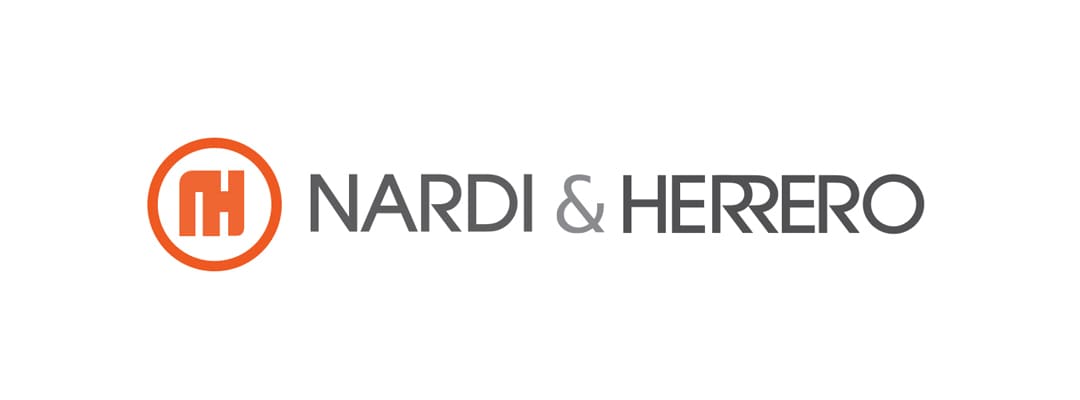Submit a manuscript
The manuscript must be sent by e-mail to raoa.buzon@aoa.org.ar
Submissions that do not comply author publication guidelines will not be accepted.
Checklist
Below is a checklist of the main elements.
Submissions that do not comply with the guidelines will not be accepted.
1. Originality
The work must be original and unpublished and not be under review in another magazine, books, conference proceedings with ISBN or internet portals.
It is an essential condition to write a letter containing a declaration containing the following text:
We declare that the content of the article has not been previously published or submitted for consideration of publication, either partial or complete, in other media.
2. Files
The following files must be sent:
1. Letter addressed to the editor or general editor signed by all authors, scanned or photographed, in which their consent for publication is mentioned.
2. Manuscript in Word: including the cover (article data, authors, email addresses, ORCID identifier); and body of the article (text with tables and figures, with their headings, included at the end of the Word).
3. In independent files, tables in excel and figures in .jpg or tif (images, graphs, diagrams).
3. Cover
Title (up to 120 characters with spaces) and its English translation.
In case/case reports, the title should read “case report” or “clinical case.” In revisions, “revision”, “update” or “updating”.
4. Author(s)
- Name/s, surname/s of the authors.
- Complete information about the institution to which each author belongs, including city and country.
- E-mail addresses of all authors.
- ORCID identifier with the full URL of all authors.
- Complete details of the corresponding author, including his cell phone number (with city and country prefixes).
5. Summary
Clinical case: Objective/s, Clinical case/s, Keywords.
Research and systematic review: Objective/s, Materials and methods, Results, Conclusion/s, Keywords.
Narrative review: Unstructured. Keywords.
Brief communication: Unstructured. Keywords.
Up to 250 words. No bibliographical citations. No abbreviations in the conclusion. English translation (abstract).
6. Keywords
They should appear, for the most part, between the terms MeSH or DeCS.
7. Sections in the body of the work according to typologies
Clinical case: Introduction, Clinical case/s, Discussion, Declaration of conflict of interest, Funding sources, Acknowledgments (if any), References.
Research and systematic review: Introduction, Materials and methods, Results, Discussion, Conclusion(s), Contribution of authorship roles, Declaration of conflict of interest, Funding sources, Acknowledgments (if any), References.
Narrative review: Introduction, Development, Conclusion(s), Declaration of conflict of interest, Funding sources, Acknowledgments (if any), References.
Brief communication: Introduction, Report, Discussion, Declaration of conflict of interest, Funding sources, Acknowledgments (if any), References.
8. Ethical requirements (followed and explained in the body of the work)
Clinical case: Consent of the patient—or his/her assent (children over 3 years old)—or his/her father/mother or guardian.
Research: Consent/assent of the subject to participate in the study. Approval of the protocol by the ethics committee (indicate number). Mention of the animal care guides followed.
The anonymity of the patient must be preserved. When it is essential for scientific purposes to include photographs in which the patient is recognizable, attach their authorization and make this circumstance explicit in the body of the work.
9. References
Form rules according to NLM style. Include DOI whenever available.
In the text, with superscript, in the order of appearance.
10. Figures
Framed appropriately. With descriptive heading. Included at the end of the Word file and as independent files.
11. Tables
With title and epigraph in which the abbreviations used are clarified. Included at the end of the Word file and in separate Excel files.
12. Maximum number of words
Clinical case: 3000
Research: 5000
Review: 6000
Brief communication: 2000
(always exclude tables).
Previous page | Top | Home
Journal of the Argentine Dental Association
Journal of the Argentine Dental Association, RAOA, is the main means of expression of Argentine scientific production in dentistry and a link and means of information for colleagues and institutions in the country and abroad.
Printed version ISSN 0004-4881
Electronic version ISSN 2683-7226.
DOI: 10.52979/raoa.1898
Title: Rev Asoc Odontol Argent

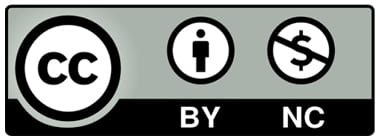
Journal indexed in:



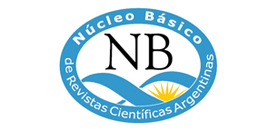



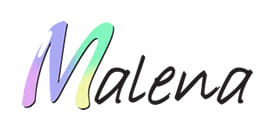



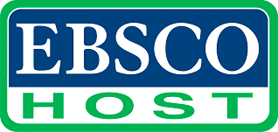

RAOA scientific articles are identified with DOI (Digital Object Identifier) Crossref.
Website sponsors:
